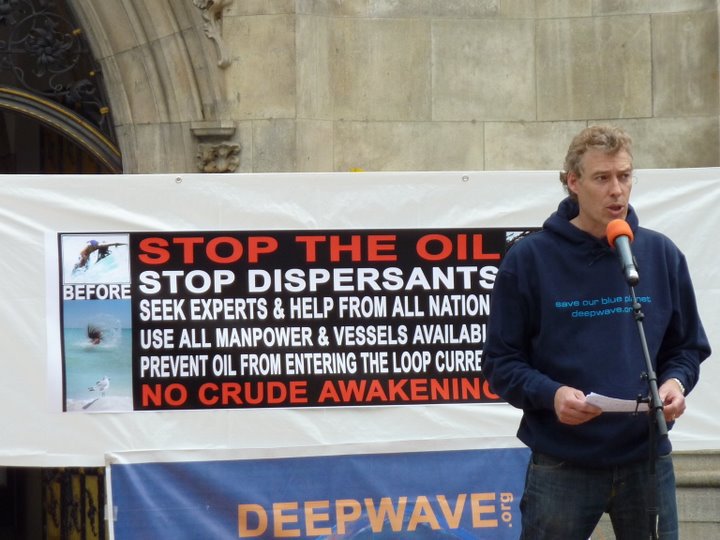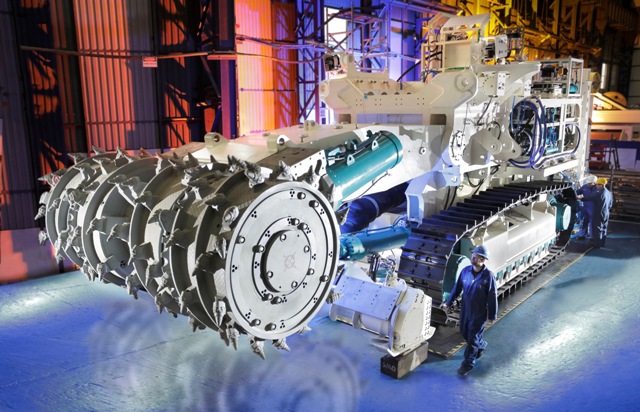When we think of the deep sea, we often associate this unique habitat with cold and darkness. What at first seems dull and empty is home to an amazing variety of species. IUCN’s 2018 report also described ecosystems as unique and valuable. The report’s authors stress that we have brought many marine species and habitats to the brink of destruction through our ruthless treatment of our environment. As commercial interest in the raw materials of deep sea soils increases, there is an urgent need to prevent deep-sea exploitation and destruction.
The report therefore focuses on the possible consequences of deep-sea mining and approaches to monitoring sustainable deep sea mining. Another important point is the geographical and geological specificities of potential mining areas and legal frameworks. In addition, different mining technologies are described, including environmental parameters such as extreme pressure and enormous depths, which could complicate the undertaking.
The authors of the report stress that the consequences for ecosystems are sometimes very difficult to assess and that data must be collected as a matter of urgency. Studies have already shown how devastating a shift of sediments in the seabed can be for habitats and biodiversity. There is even evidence that the changes in species structure in the mining area may be irreversible. However, this is only one of many possible disturbances of the sensitive habitats.
Finally, it has to be said that this is a very complex issue. Different interest groups and institutions must work hand in hand to solve these challenges. It is to be hoped that scientific results and environmental assessments will be taken seriously and decided in the interest of our environment.
Annabelle Siebert for DEEPWAVE
You can download the report at IUCN.
More information about deep sea can be found at our deep sea blog.


